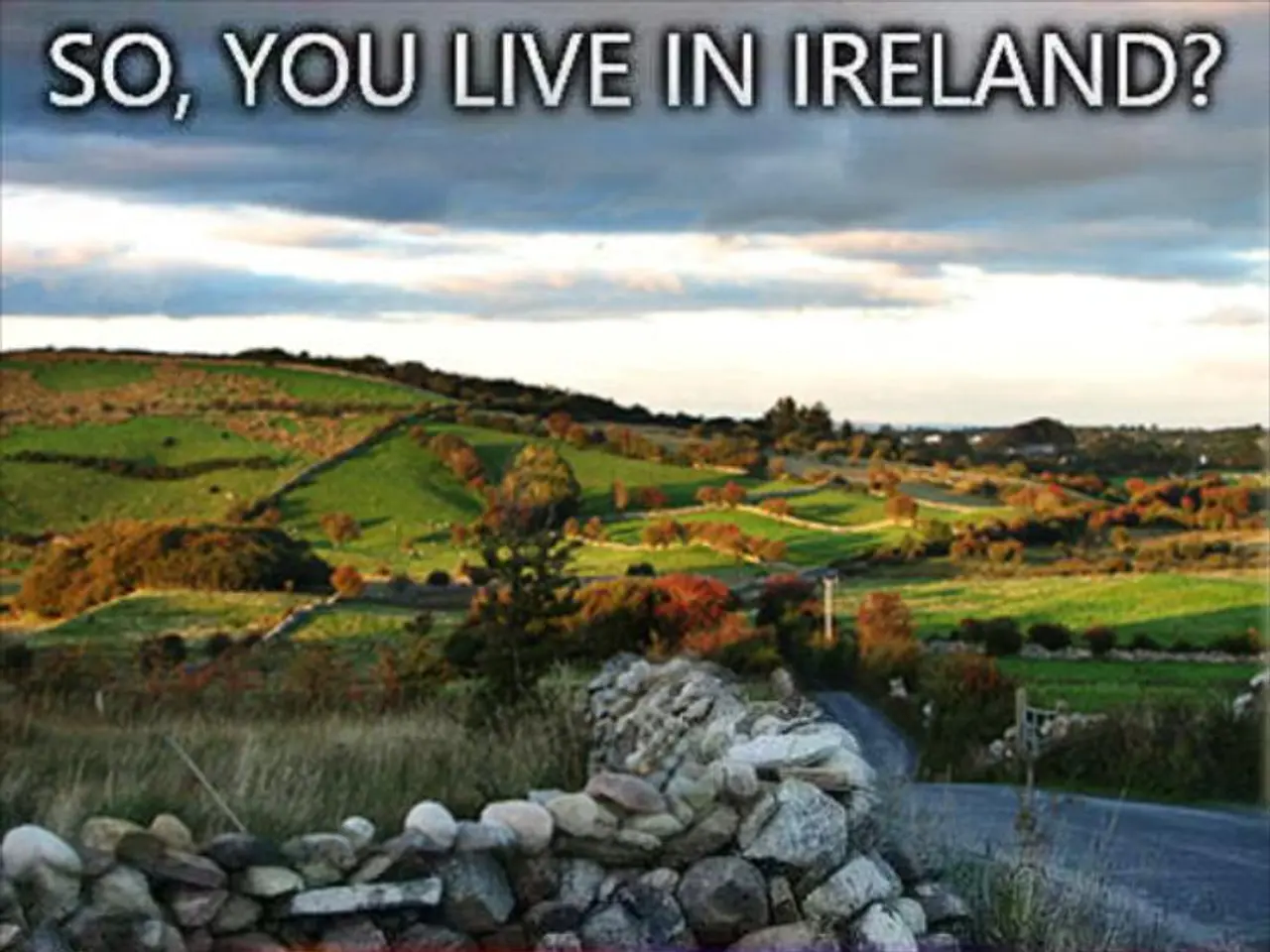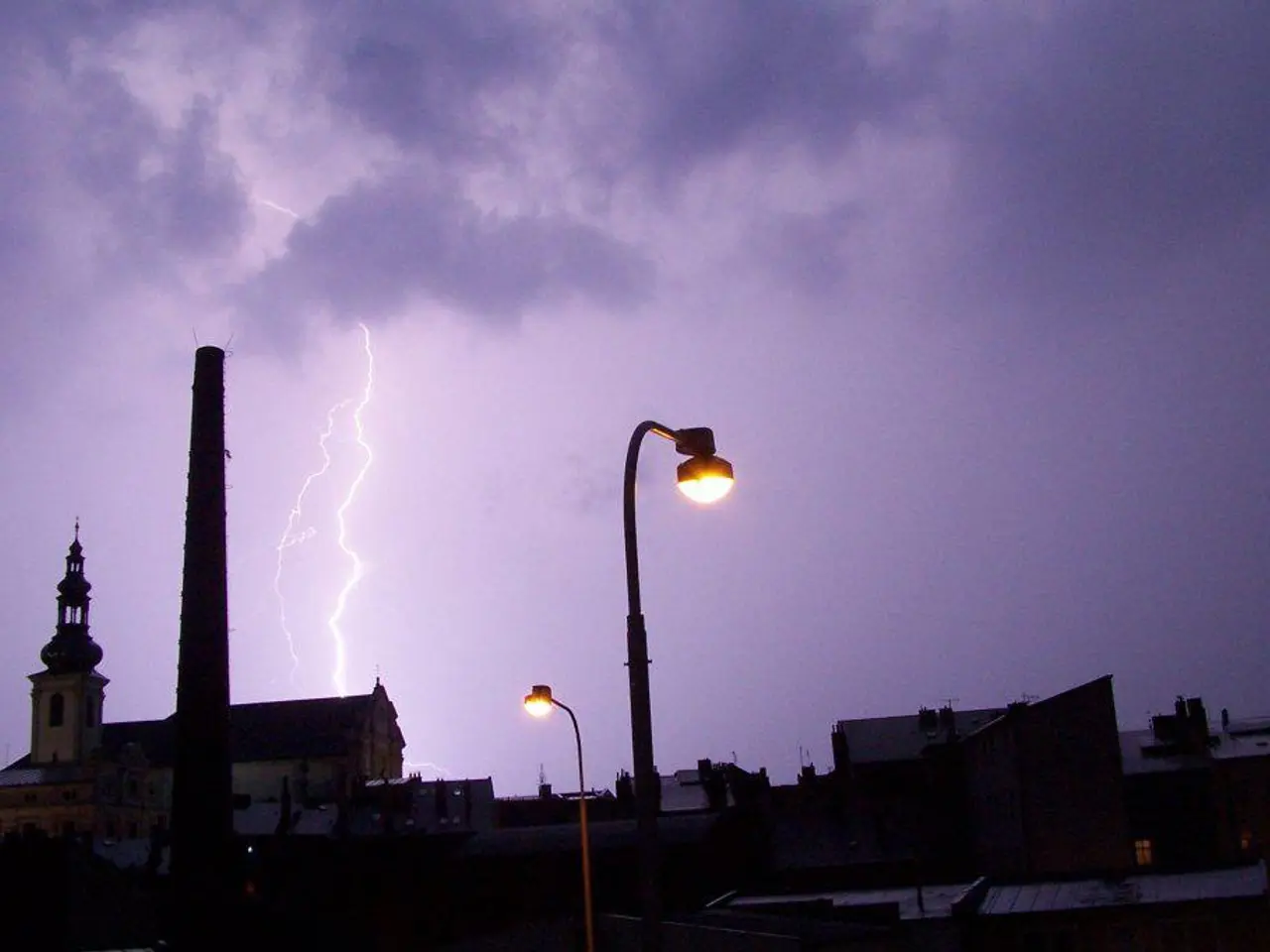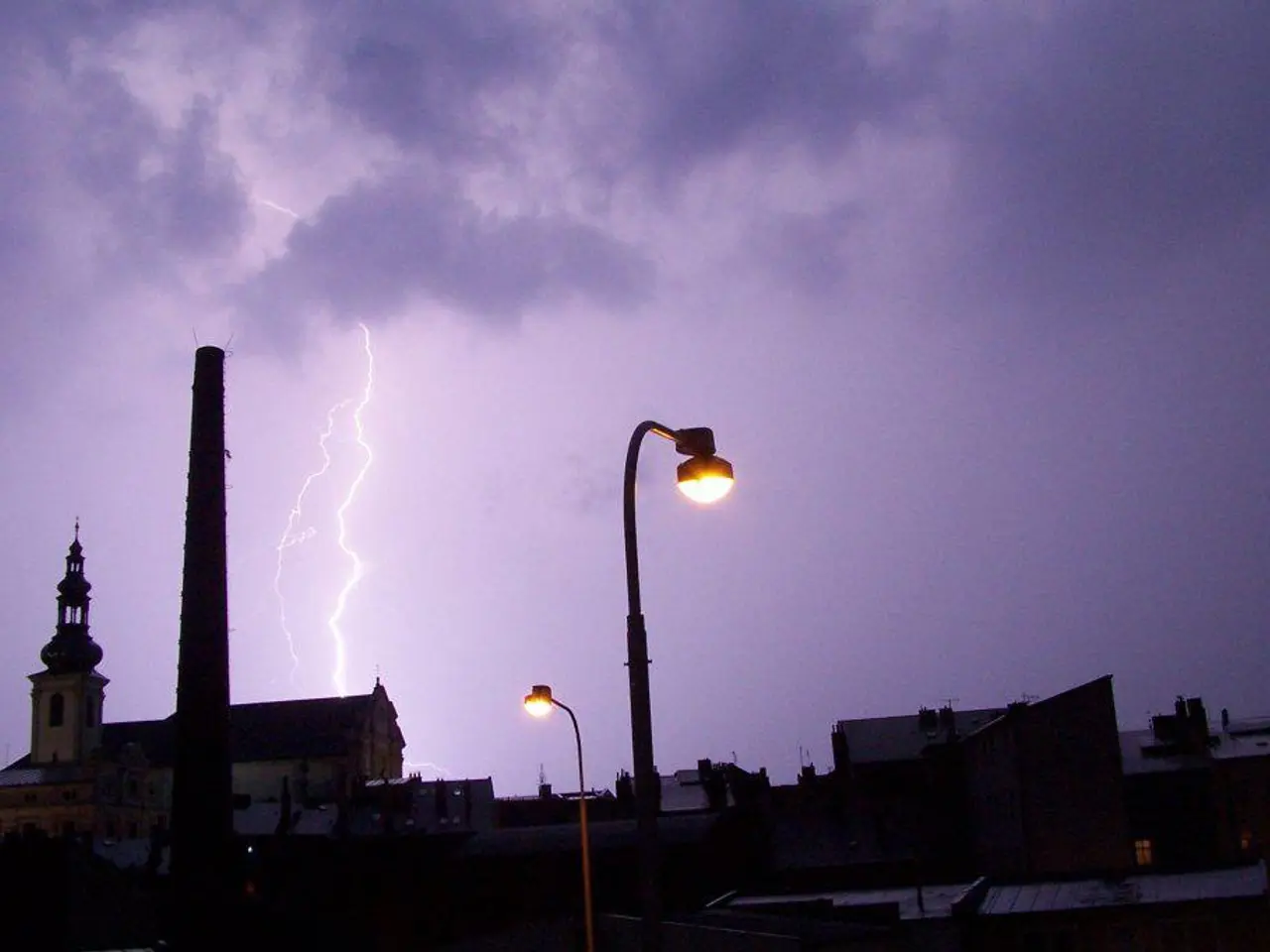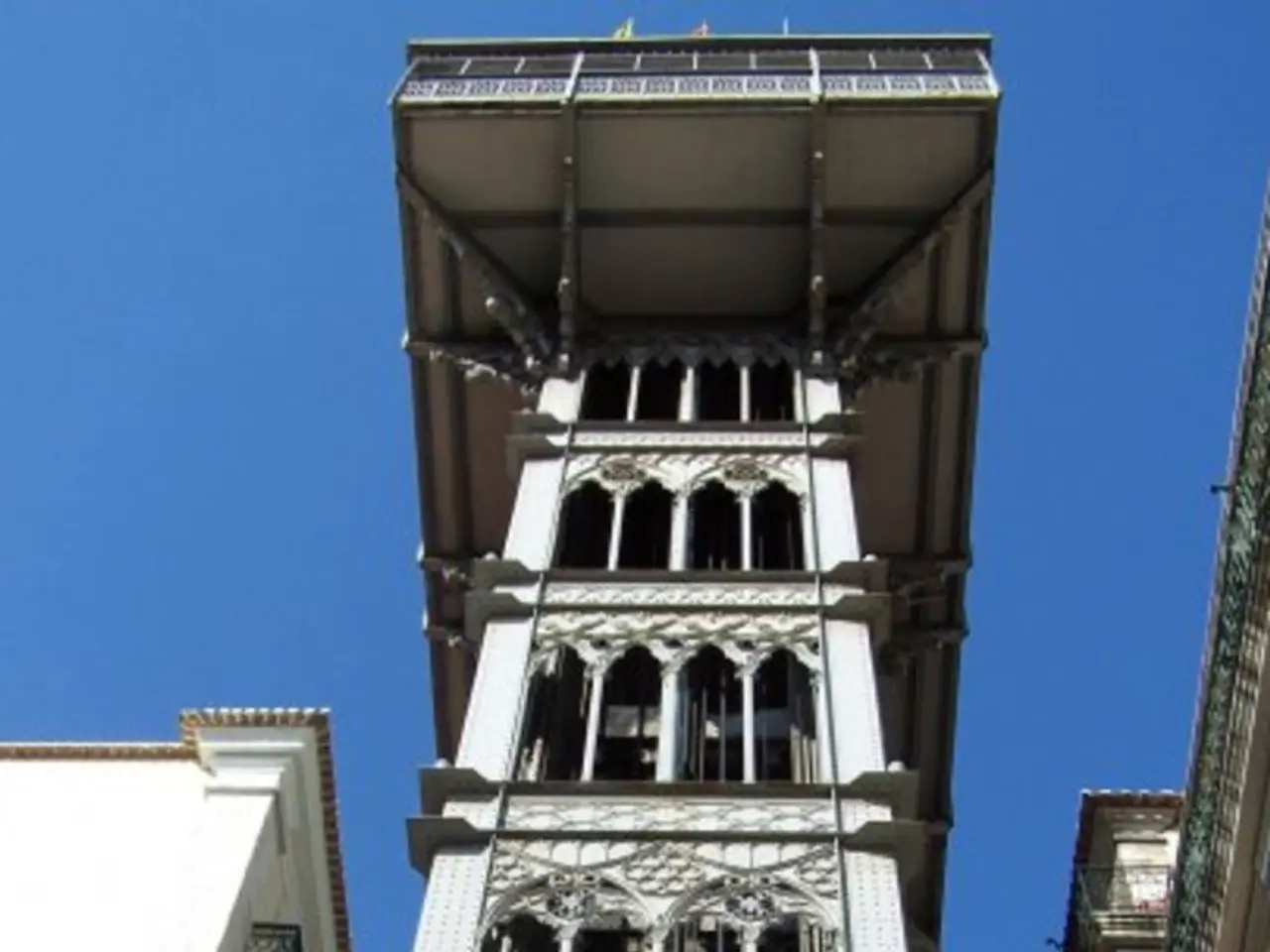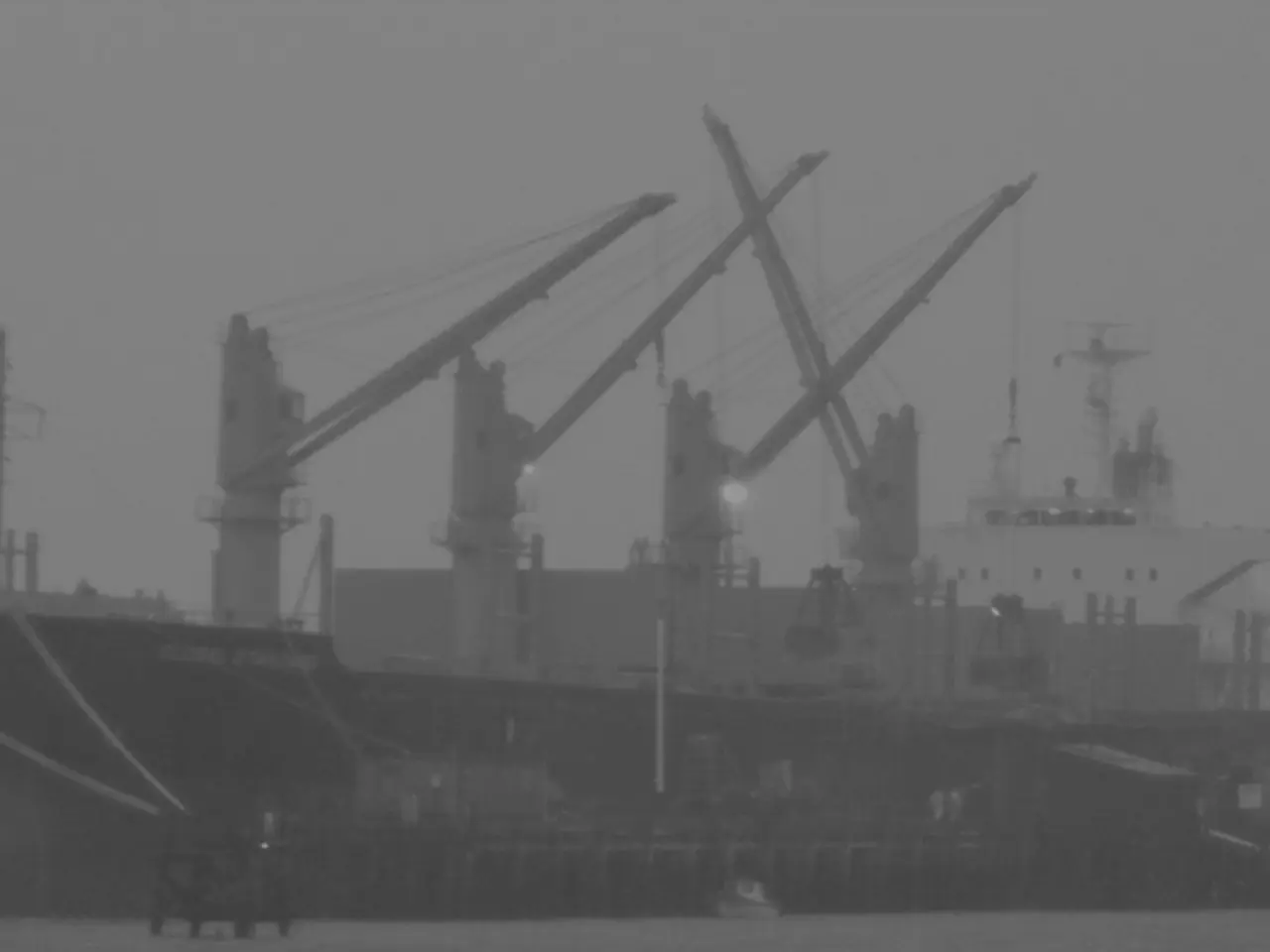Severe flooding claims lives in North Carolina, as intense heat and heightened wildfire risks persist in the Western regions
Headline: Updated Atlantic Hurricane Season Forecast and Weather Updates Across the US
The National Oceanic and Atmospheric Administration (NOAA) has updated its forecast for the 2025 Atlantic hurricane season, predicting an above-normal season with slightly less confidence than earlier in the year. The updated outlook, released in August, predicts 13 to 18 named storms, with 5 to 9 becoming hurricanes and 2 to 5 reaching major hurricane status (Category 3 or higher) [2][3][5].
The updated forecast, which shows a 50% chance of above-normal activity, down from 60% in the May forecast, attributes the above-average activity to several factors such as warmer-than-average ocean temperatures, weak wind shear, higher heat content in the Atlantic Basin, reduced trade winds, and a robust West African monsoon, all of which encourage storm development [1][5].
As the season moves into its peak months, forecasters emphasize that their predictions remain largely on track with the May outlook. So far in the season, there have been four named tropical storms and no hurricanes, with the next named storm expected to be Erin [5].
Elsewhere in the US, weather updates paint a mixed picture. In the Midwest and Northeast, widespread air quality alerts have been cancelled for many areas, except for Chicago, which remains under an air quality alert for Thursday due to pollution and wildfire smoke. However, more record cold highs are possible on Thursday morning in Greensboro and Elizabeth City, North Carolina, as well as Roanoke, Virginia [6].
The highest threat for severe storms on Thursday is centered over North Dakota, including Fargo and Bismarck. One to 2 inch totals and possible isolated higher amounts of rain are expected in the region from the Florida Panhandle up to Southeast Virginia on Thursday [6]. The area near Spring Hope, North Carolina, was under a "considerable" flash flood warning on Wednesday evening, and 4 to 6 inches of rain fell in the afternoon and into the evening commute near Spring Hope, resulting in two fatalities due to flash flooding [6].
In the Southeast, showers are expected throughout the weekend as a system tries to organize and then pushes out to sea. Record high temperatures are possible for cities like Palm Springs, Phoenix, Tucson, and Albuquerque through Friday [6]. Fire weather conditions are expected to remain critical through at least Saturday in the Western states, with fire weather alerts in place across seven states [6].
Meanwhile, Tropical Storm Dexter is trekking northeast in the North Atlantic and does not pose any threats to land in the U.S. Conditions over the warm waters may allow the formation of a tropical depression this weekend [6]. Severe storms capable of producing a few tornadoes, large hail, and significant wind gusts will be possible Thursday and Friday for parts of the Upper Midwest [6].
Extreme heat warnings remain in effect for parts of the Southwest, including Palm Springs, Phoenix, and Tucson, with high temperatures between 108 and 118 degrees possible for several Southwestern cities through Friday [6]. A risk for excessive rainfall is in place from the Florida Panhandle up to Southeast Virginia on Thursday [6].
Lastly, fire weather alerts are in place across seven states in the West - Nevada, Utah, Colorado, Idaho, Wyoming, Nebraska, and South Dakota [6]. It's crucial for residents in these areas to remain vigilant and follow local weather advisories.
- The updated Atlantic hurricane season forecast, issued by the National Oceanic and Atmospheric Administration (NOAA), anticipates an above-normal season, with 13 to 18 named storms, 5 to 9 becoming hurricanes, and 2 to 5 reaching major hurricane status.
- In environmental-science terms, warmer-than-average ocean temperatures, weak wind shear, higher heat content in the Atlantic Basin, reduced trade winds, and a robust West African monsoon are factors that encourage storm development during hurricane seasons.
- During the peak months of the season, health concerns associated with air quality are prevalent in some regions of the US, such as Chicago, which remains under an air quality alert due to pollution and wildfire smoke.
- The weather in the West is characterized by critical fire weather conditions, with fire weather alerts in place across seven states, making it essential for residents to stay vigilant and follow local weather advisories.
